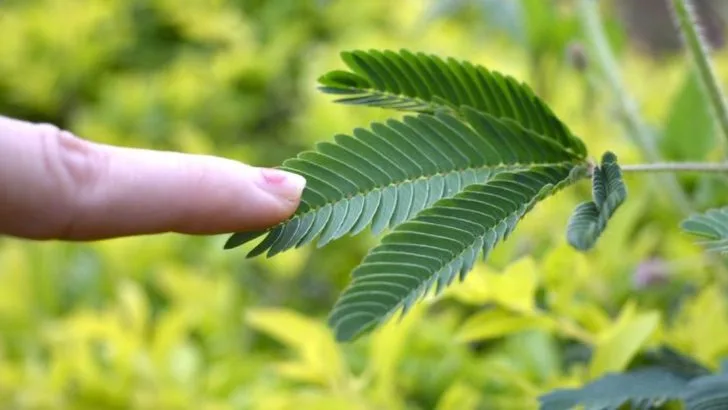Plants are far more responsive than we might think. While they don’t have ears or nervous systems, research shows that plants can react to sound and touch in fascinating ways. Whether it’s responding to the vibration of sound waves or the gentle contact of a breeze, plants have evolved remarkable mechanisms to interact with their environment.
From mimosa plants folding their leaves in response to touch, to certain flowers that bloom when exposed to sound, these subtle plant behaviors reveal an entirely new dimension to how plants live and interact with the world around them. By understanding how plants respond to these stimuli, gardeners can gain insights into improving plant health and optimizing growth.
In this article, we’ll dive into the fascinating ways plants respond to sound and touch, uncovering the hidden world of plant behavior that might just change the way you view your garden.
Music-Induced Growth
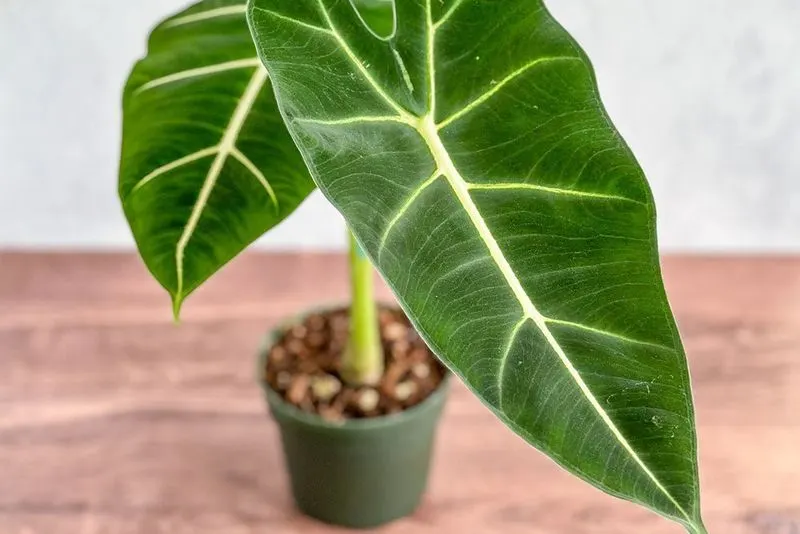
Playing classical music can stimulate plant growth. The vibrations from sound waves may enhance nutrient uptake, encouraging robust development. Young musicians often experiment with different tunes to see which fosters the healthiest plants. This interaction between art and nature highlights an unexpected synergy. Research indicates that not only the type of music but also the volume and frequency affect plant responses. Some gardeners even create playlists specifically designed to nurture their green companions, turning plant care into a harmonious endeavor.
Thigmotropism in Action
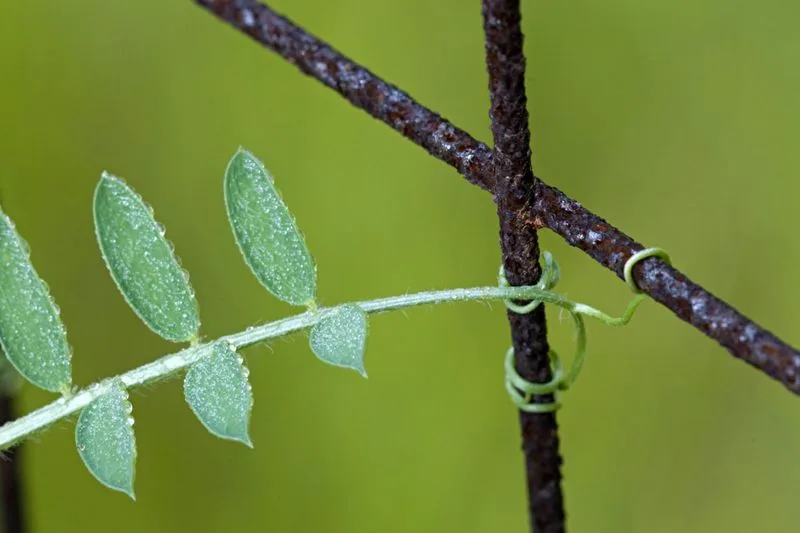
Thigmotropism refers to a plant’s growth response to touch. Vines like peas and beans exhibit this by wrapping around supports as they grow. This tactile sensitivity allows plants to navigate their surroundings efficiently. In gardens, providing structures for climbing plants can enhance their growth and yield. The phenomenon showcases plants’ ability to perceive and react to physical stimuli, adapting their form and direction. Through this process, they effectively compete for sunlight and resources, illustrating their resourceful nature.
Sound Wave Influence

Sound waves influence plant physiology in subtle yet significant ways. Some researchers have found that specific frequencies can enhance seed germination rates. Laboratories are buzzing with experiments exploring these auditory effects. By fine-tuning sound frequencies, scientists aim to unlock potential benefits for agriculture. Although the full extent of these effects remains a topic of ongoing investigation, early results are promising. This line of research offers the possibility of innovative agricultural practices that harness sound as a growth enhancer.
Caressing for Communication
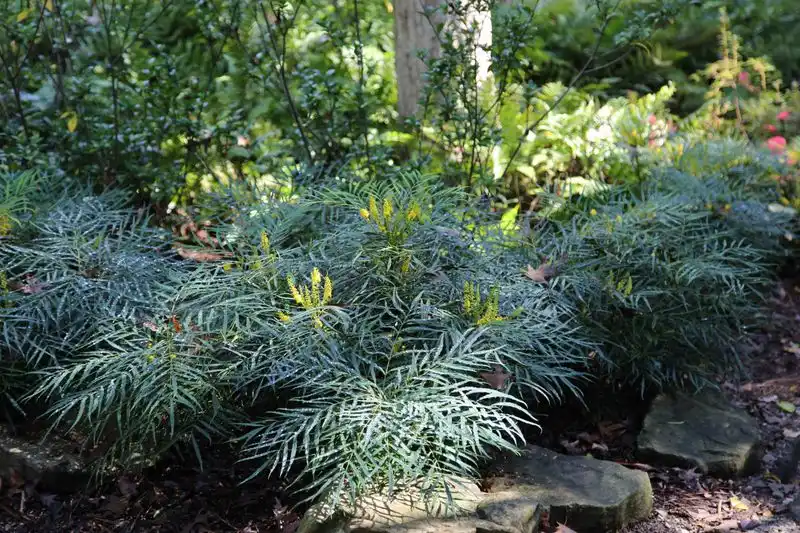
The sensitive plant, known as Mimosa pudica, reacts instantly to touch by folding its leaves. This rapid response can deter herbivores and prevent harm. Children often find joy in gently interacting with these plants. Such behaviors demonstrate plants’ ability to communicate defensive measures to their environment. The mechanism behind this touch-induced movement involves changes in cell pressure, a fascinating aspect of plant physiology. This kind of interaction reveals the complexity and immediacy of plant responses to external stimuli.
Rhythmic Root Growth
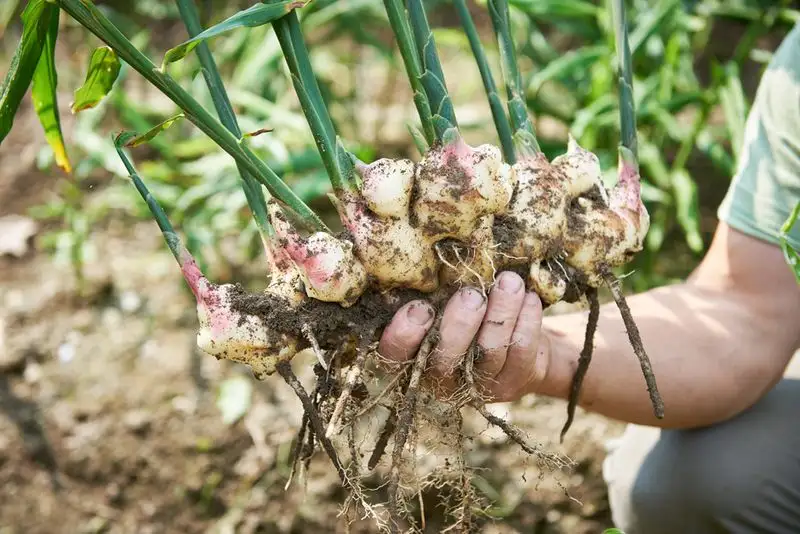
Roots exhibit rhythmic growth patterns, adjusting to obstacles and soil variations. This adaptability ensures efficient nutrient and water absorption, vital for survival. Time-lapse photography captures these dynamic patterns, revealing nature’s intricate choreography. By understanding these growth rhythms, gardeners can optimize planting strategies. Roots’ ability to sense and navigate their surroundings showcases their hidden intelligence. This complex interaction with the soil environment is a testament to the adaptive prowess of plant life beneath the surface.
Touch-Sensitive Tendrils

Tendrils of plants like cucumbers are incredibly touch-sensitive, curling tightly around supports. This touch-induced coiling secures the plant as it ascends towards light. Gardeners often use poles or trellises to support these climbing plants. The tendrils’ ability to perceive touch and respond with precision showcases an elegant adaptation to their environment. Such interactions emphasize a plant’s structural ingenuity and resilience. These touch-sensitive mechanisms highlight the fascinating ways plants ensure their growth and stability in diverse settings.
Vibrational Signaling
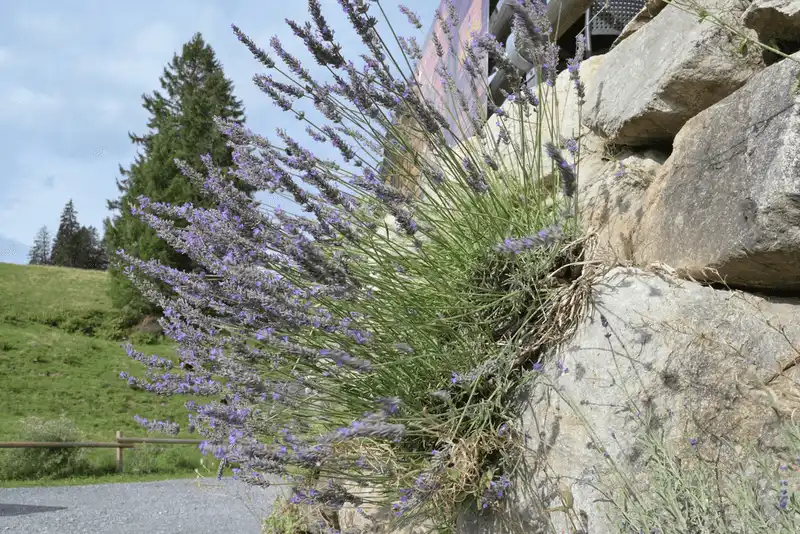
Plants use vibrations as a form of communication, warning others of potential threats. Some species emit vibrational signals when stressed, alerting neighboring plants. This form of communication underscores a plant’s ability to interact within its community. In gardens, these signals can play a role in plant health and pest management. The study of vibrational communication in plants continues to evolve, revealing deeper layers of plant interaction. Such discoveries challenge our perception of plants as passive organisms, showcasing their dynamic nature.
Chlorophyll Dance
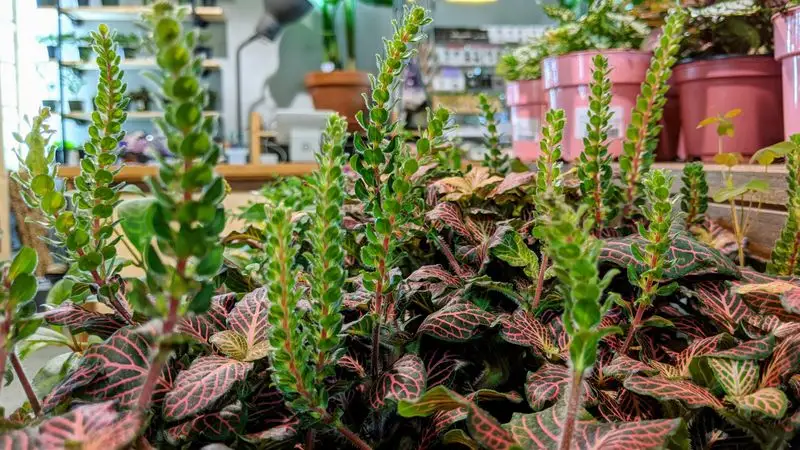
In the heart of lush forests, plants engage in a subtle yet enchanting dance, influenced by the gentle sounds of the environment. As the wind rustles leaves or distant bird songs fill the air, plants respond by swaying their leaves in a rhythmic pattern.
This dance is not just for show; it aids in optimizing photosynthesis by adjusting leaf angles to capture sunlight more efficiently.
The chlorophyll dance is an astonishing reminder of the harmony between plants and their surroundings, connecting them to the vibrational music of nature. Witnessing this phenomenon reminds us of the intricate web of life.
Tactile Symphony

Imagine a plant that behaves like a musical instrument when touched. Some species possess fine hairs on their surfaces that react to touch by sending electrical signals, creating a tactile symphony.
These signals prompt the plant to release scents or close its leaves, akin to a silent, melodious response to the world around it.
The tactile symphony not only protects the plant but also plays a role in attracting pollinators, creating a dynamic interaction through touch. This mesmerizing ability showcases the plant’s adaptive skills in a gentle, harmonious manner.
Echoing Roots
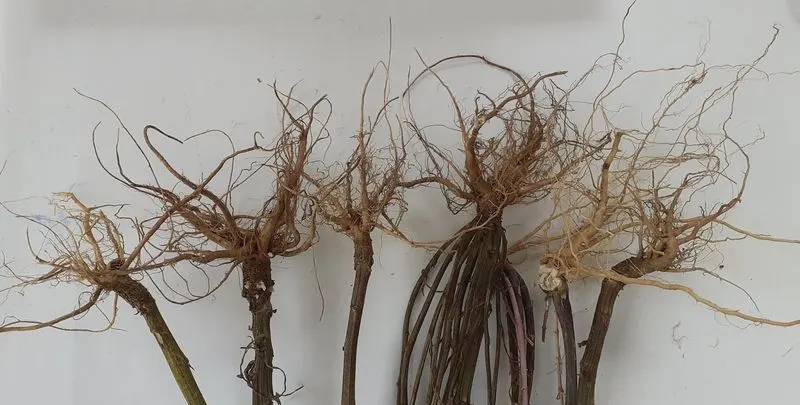
Deep beneath the soil, plant roots engage in a secretive dance of sound and movement. Equipped with ear-like structures, these roots can “hear” vibrations in the ground, helping them navigate towards sources of water and nutrients.
This sensory ability is akin to echolocation, allowing the plant to thrive even in challenging conditions.
Echoing roots demonstrate a plant’s incredible capacity to adapt and respond to its subterranean world, revealing a hidden layer of interaction between flora and their habitat. By understanding this phenomenon, we can appreciate the nuanced complexities of plant life.
Harmonic Petals

Flowers communicate through a unique language of vibration. When sound waves pass through a field of flowers, the petals respond by vibrating gently, creating a harmonious visual symphony.
This interaction can alter the flower’s scent and color, enticing pollinators with a changing display of sensory cues.
Harmonic petals reflect the subtle ways plants tune into their environment, adapting to auditory stimuli in an elegant dance of survival and attraction. Through this phenomenon, flowers exhibit a form of communication that is both delicate and profound, enhancing their allure in the natural world.

